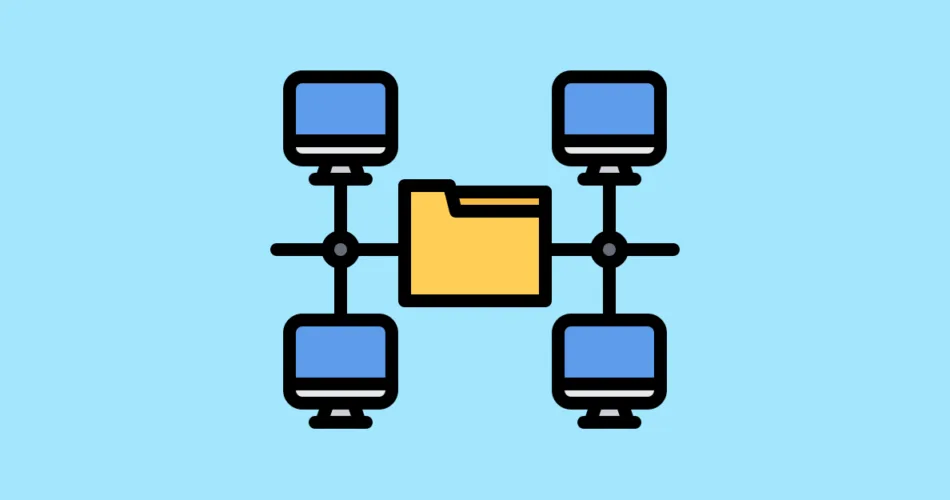Collaborating on software development often involves working with remote repositories. Git offers powerful features for working with these git repositories efficiently. In this guide, we’ll explore how to collaborate with remote repositories.
Pushing and Pulling Changes
Pushing and pulling are fundamental Git operations when collaborating with others. Here’s how they work:
Pushing Changes: To share your local changes with a remote repository, use the following command:
git push <remote-name> <branch-name>
This command sends your local <branch-name> to the remote repository identified by <remote-name>.
Pulling Changes: To retrieve changes from a remote repository to your local repository, use:
git pull <remote-name> <branch-name>
This command fetches changes from the remote repository and merges them into your local branch.
Remote Tracking Branches
Remote tracking branches help you keep track of the state of branches in a remote repository. They act as bookmarks for remote branch positions.
List Remote Branches: To list remote git branches, use:
git branch -r
This command shows a list of remote branches in the remote repository you’re connected to.
Create a Remote Tracking Branch: To create a remote tracking branch, you can use the following command:
git checkout --track <remote-name>/<branch-name>
This command creates a new local branch that tracks a remote branch from the specified <remote-name>.
Fetching and Pulling Changes from Upstream
When collaborating with others, it’s essential to keep your local repository up-to-date with changes from the upstream (original) repository. Here’s how to do it:
Fetching Changes: To retrieve changes from the upstream repository without merging, use:
git fetch upstream
This command updates your local repository with changes from the upstream repository but doesn’t merge them.
Pulling Changes from Upstream: To fetch and merge changes from the upstream repository into your local branch, use:
git pull upstream <branch-name>
This command fetches and merges changes from the <branch-name> in the upstream repository into your current branch.
Collaborating with remote repositories requires mastering these Git operations. They are essential for keeping your codebase in sync and working seamlessly with your collaborators.
Subscribe to our email newsletter to get the latest posts delivered right to your email.


Comments